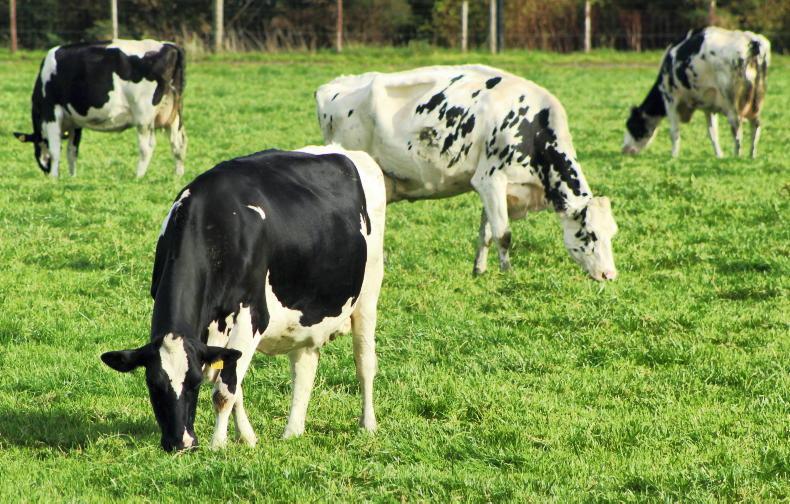Baileys Irish Cream is one of the most successful drinks in the world, selling as an individual brand eight million cases (12 bottles in a case) a year; the total whiskey industry sells about 14 million a year
There are a number of factors at play. Irish whiskey goes back centuries, Baileys was developed from scratch and launched in 1974.
From the beginning Baileys stressed its Irishness and the use of Irish cream was mandatory from the beginning and that policy still continues despite the huge growth in volume.
Since the 1970s an Irish label on food has grown to stand for quality, we only have to think of Kerrygold butter, Irish beef and of course Irish whiskey.
Side by side with the growth of the international acceptability of Irish quality has been the development of a number of quality assurance schemes with varying conditions on whether the use of Irish ingredients are essential to allow a product to be sold as Irish quality assured.
The core of the issue revolves around whether it’s possible or desirable to insist that in products containing cereals that some or all of the grain be of Irish origin.
Inconsistency
There is an inconsistency in having four million of the six million tonnes used in Irish-designated quality-assured food and drink products permitted to be imported from all over the world.
Bord Bia is at pains to point out that the quality assurance scheme it oversees does not depend on Government funding. It would of course not be permitted under EU rules for the State to preferentially pay for the marketing of its own production.
The money comes from premiums paid by consumers for superior quality and directly from farmers.
Would the insistence on a certain percentage of Irish grain used in products given the Irish quality assured label give some of the benefits of premium prices back to Irish grain producers?
We are seeing a steady increase in premium outlets being developed for Irish-produced grain, especially in the drinks industry and comparatively new areas such as Tirlán and Flahavans oats markets but there is still a huge rump of Irish cereal production going into commodity animal feed in competition with material from world wide sources.
It’s very clear that Irish cereal growing is under pressure and it is an accepted government policy to increase domestic Irish production. But as well as Government help it should also be a central aim that an Irish quality assured label conveys a reality of Irish provenance.






 This is a subscriber-only article
This is a subscriber-only article










SHARING OPTIONS: